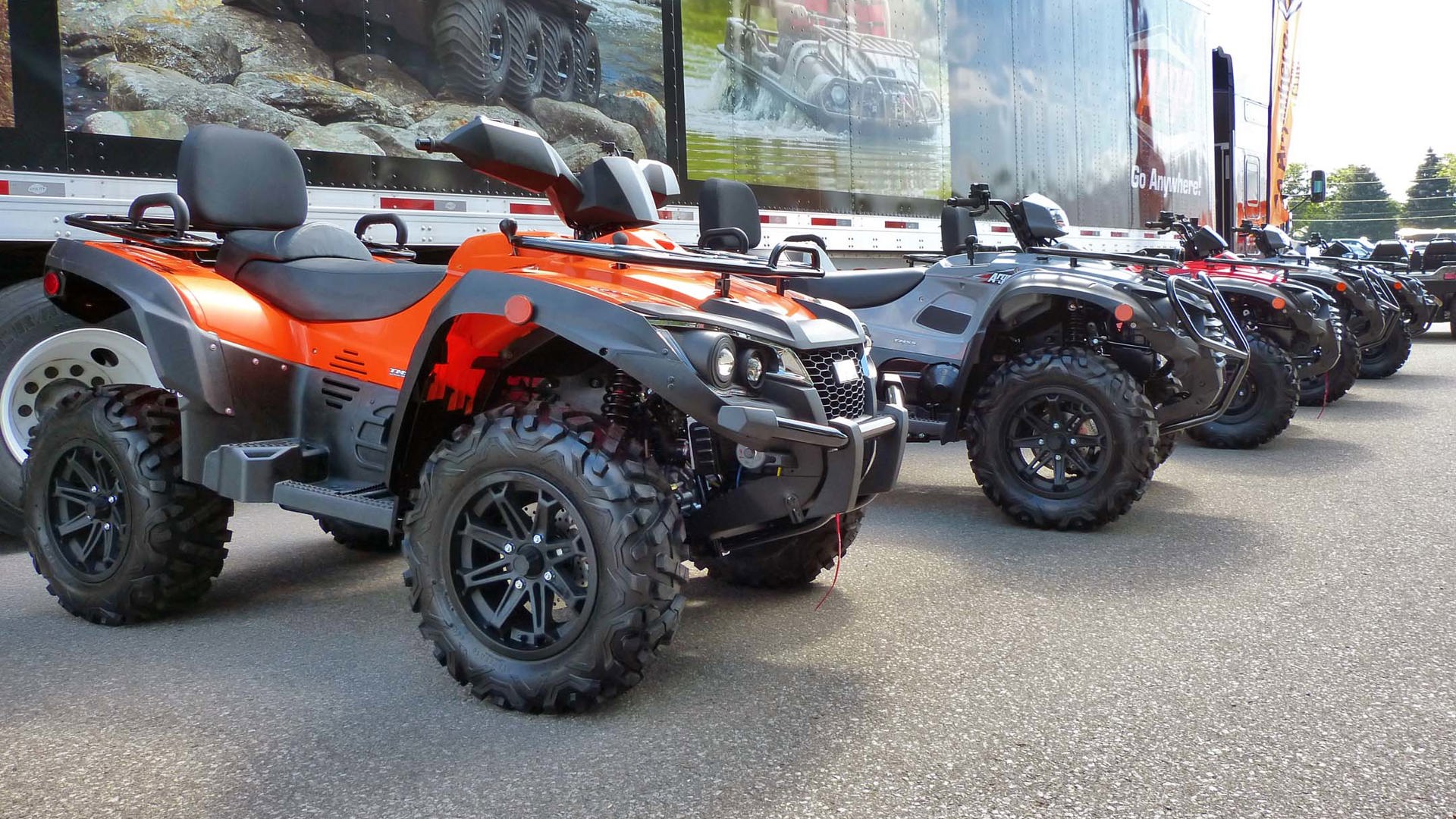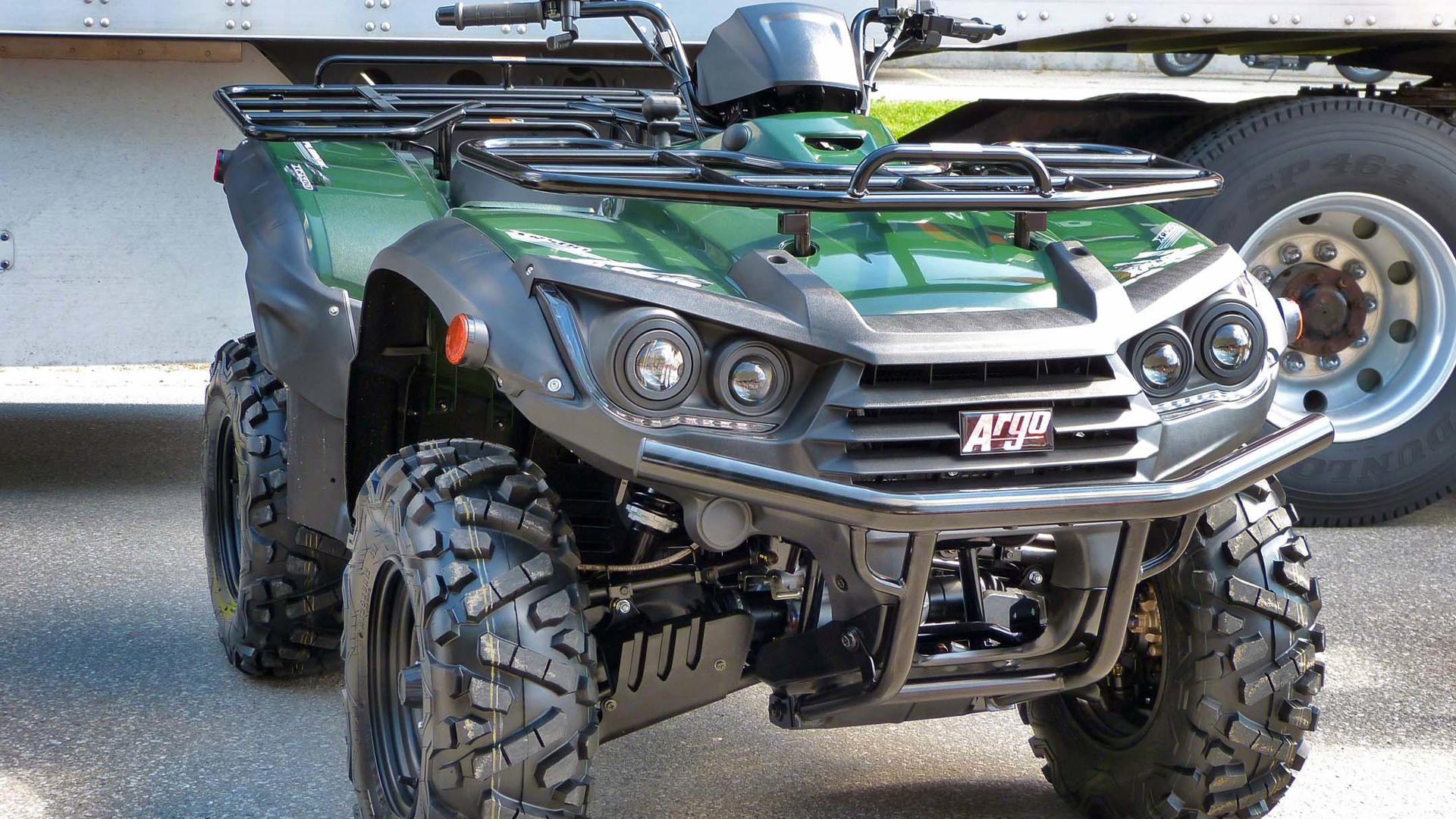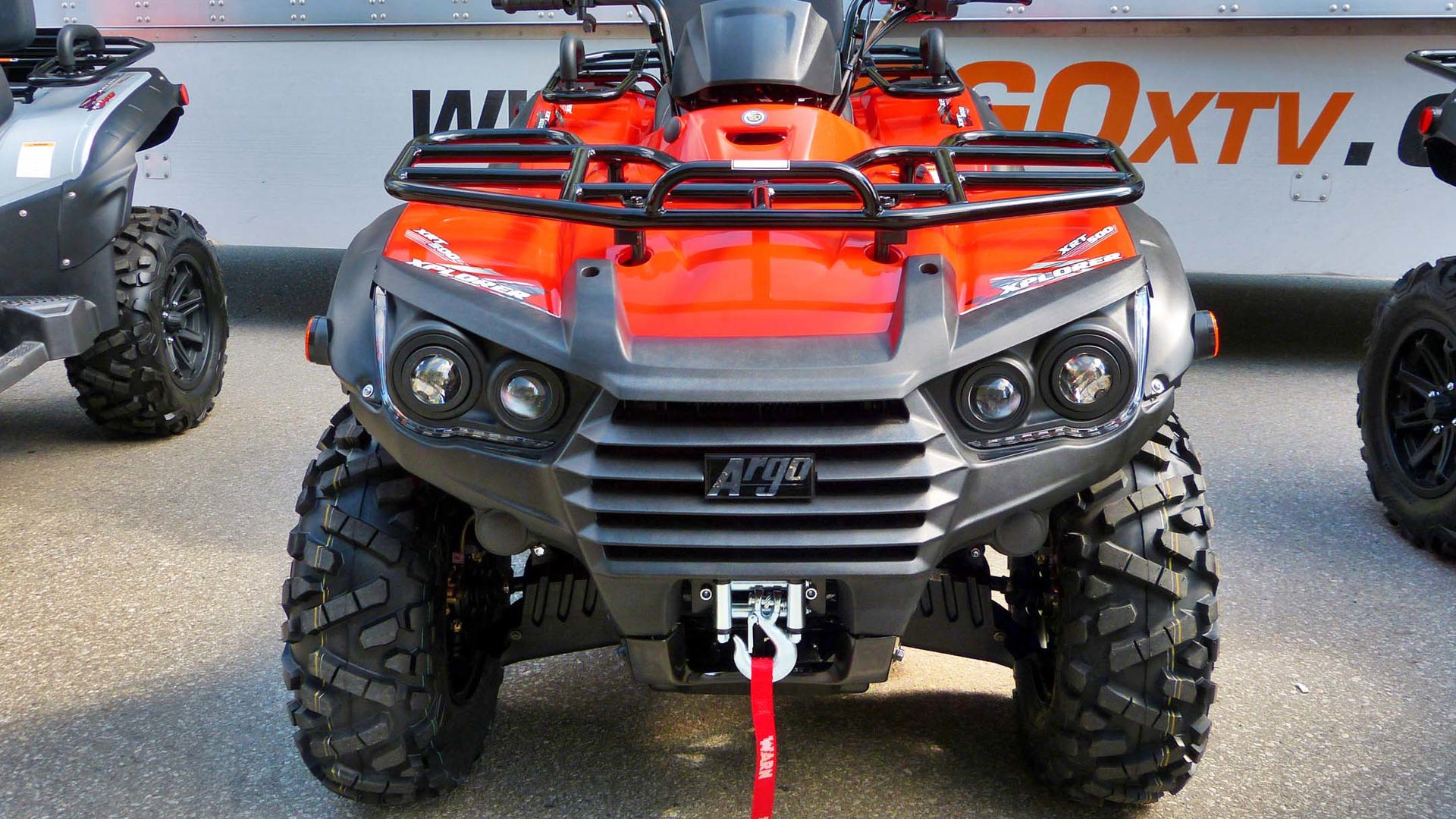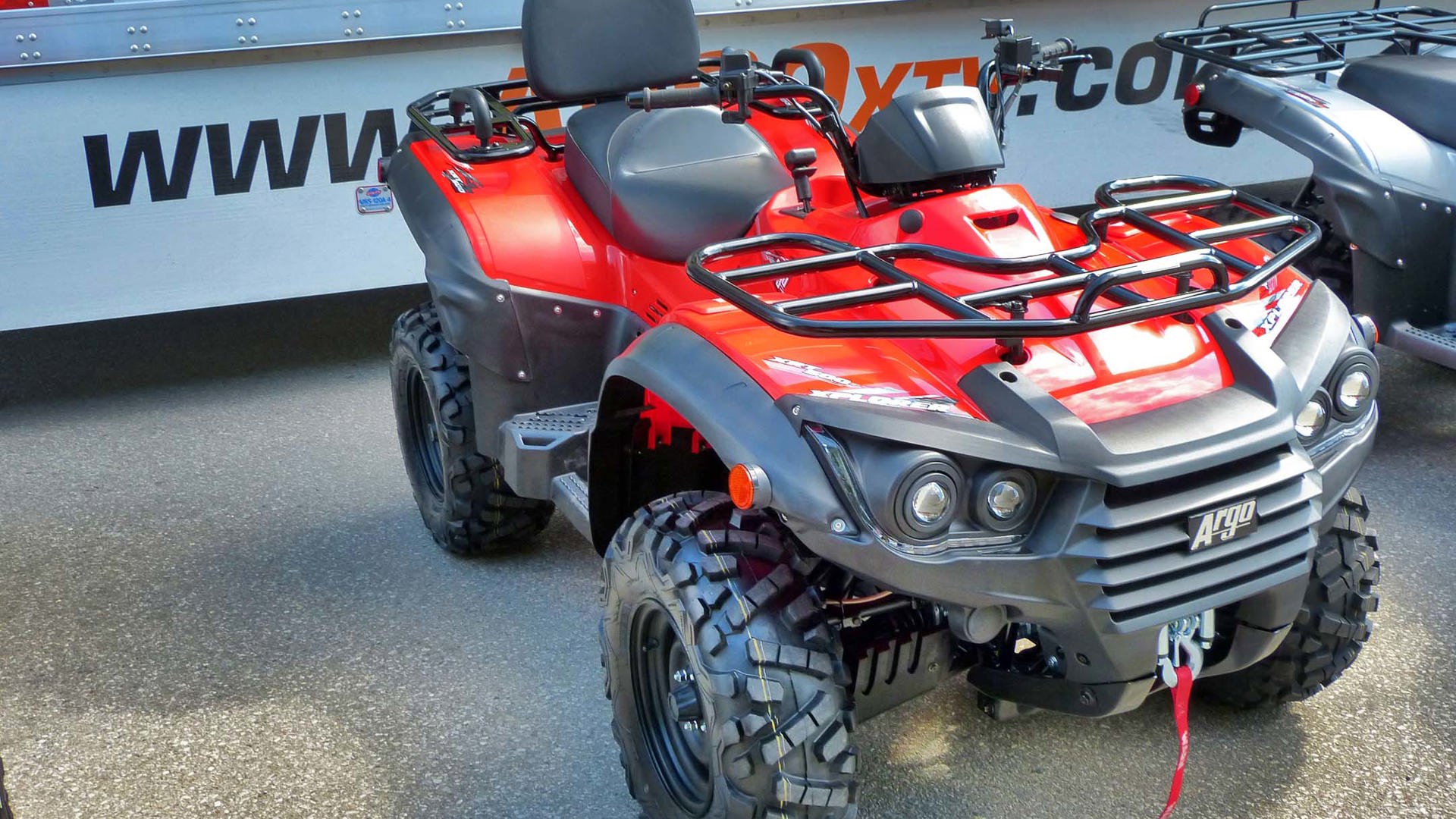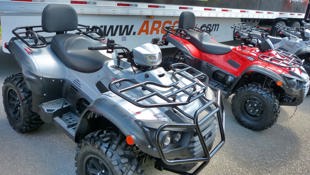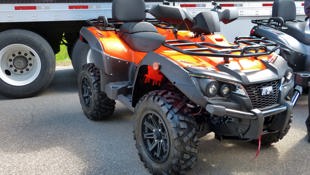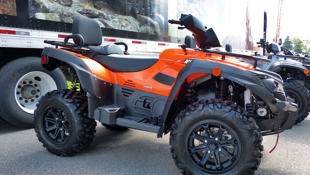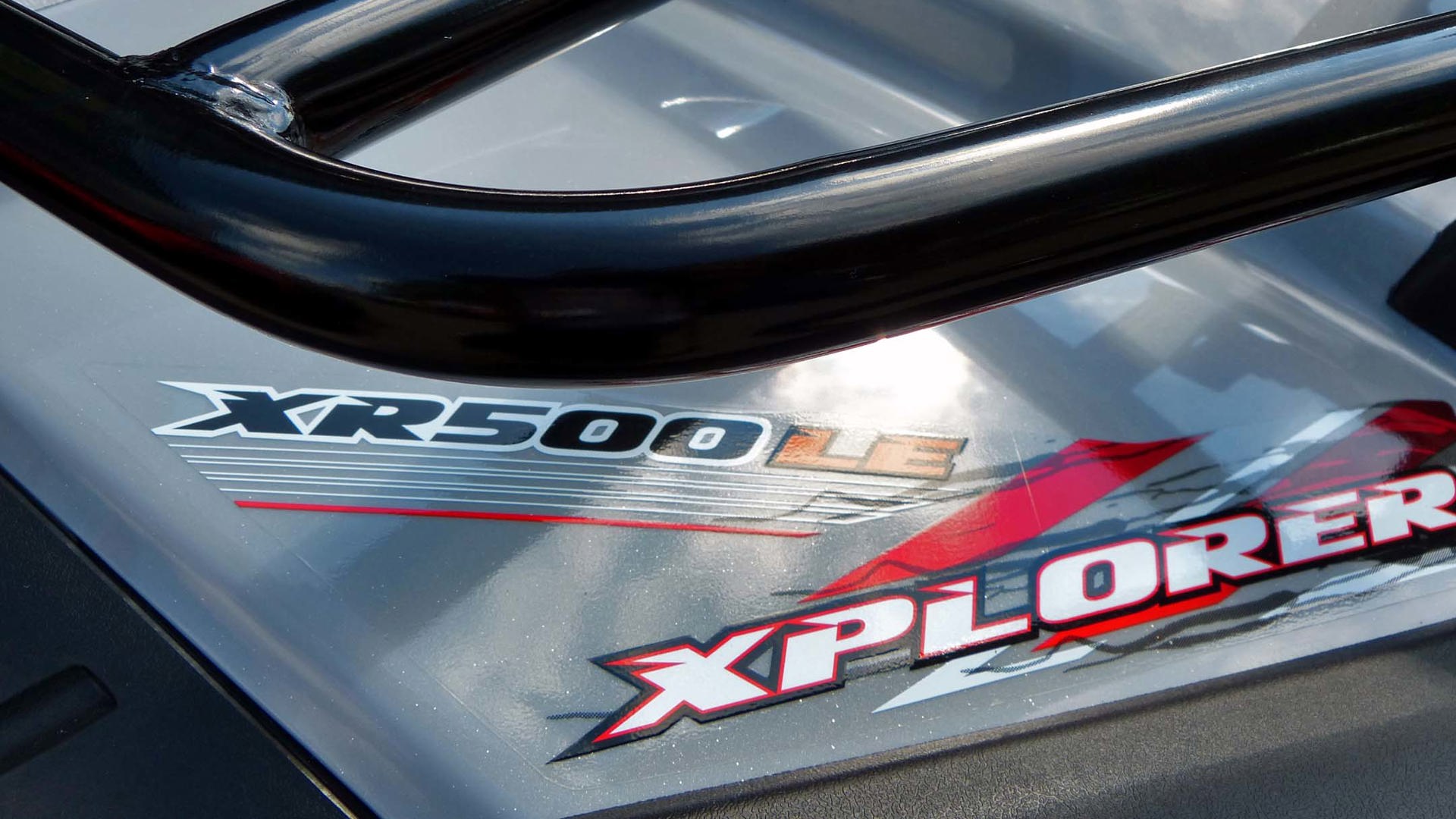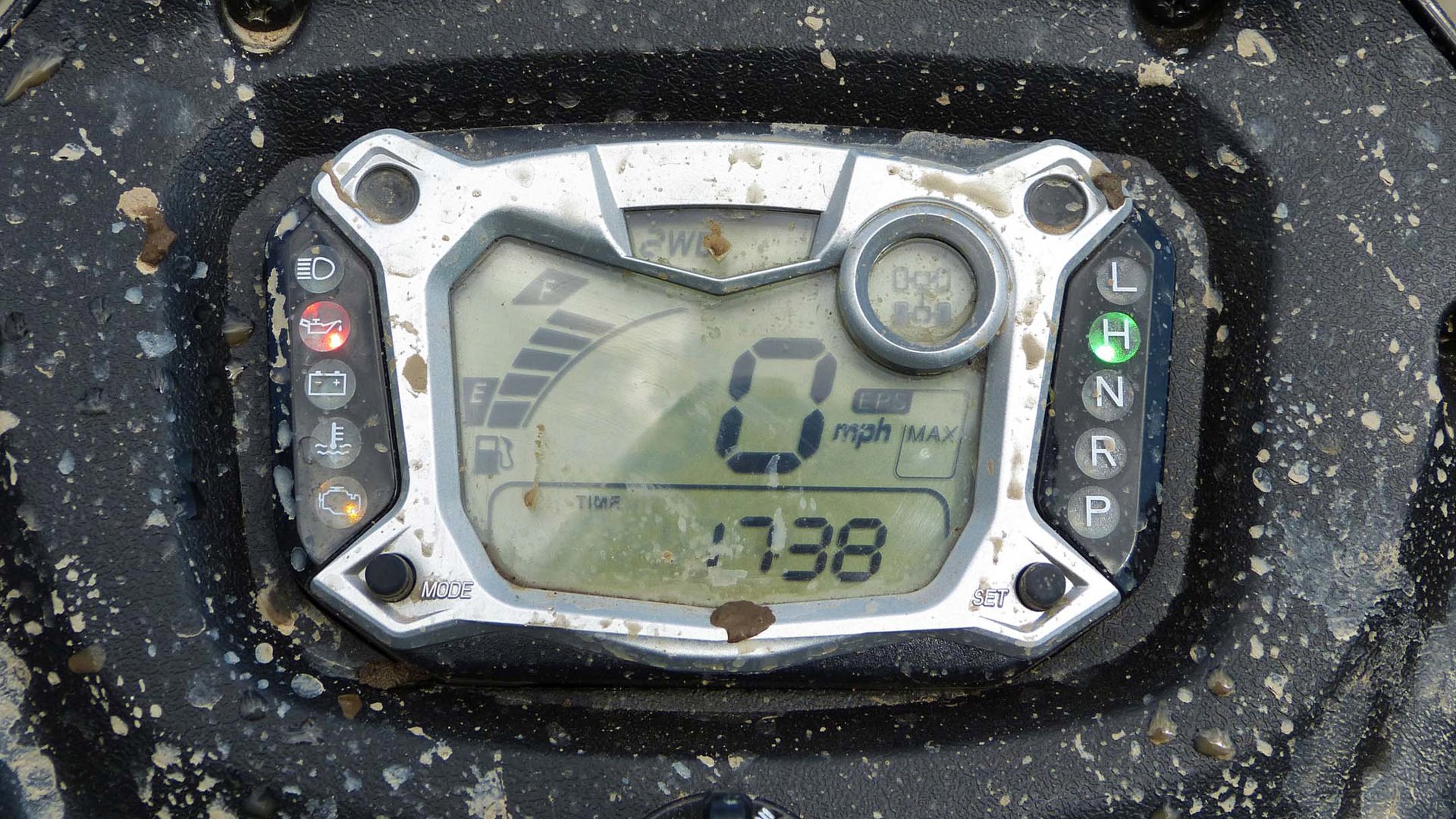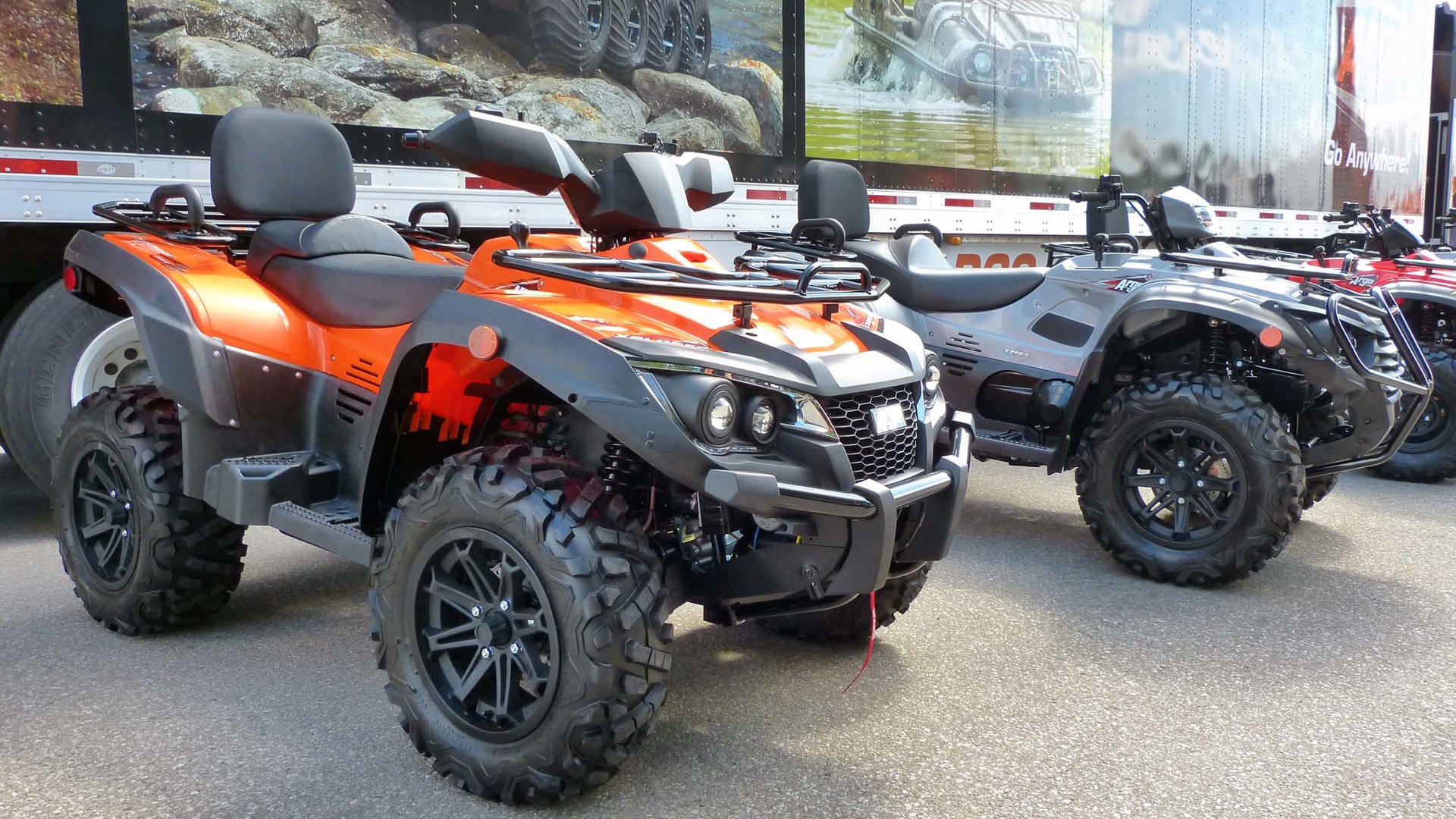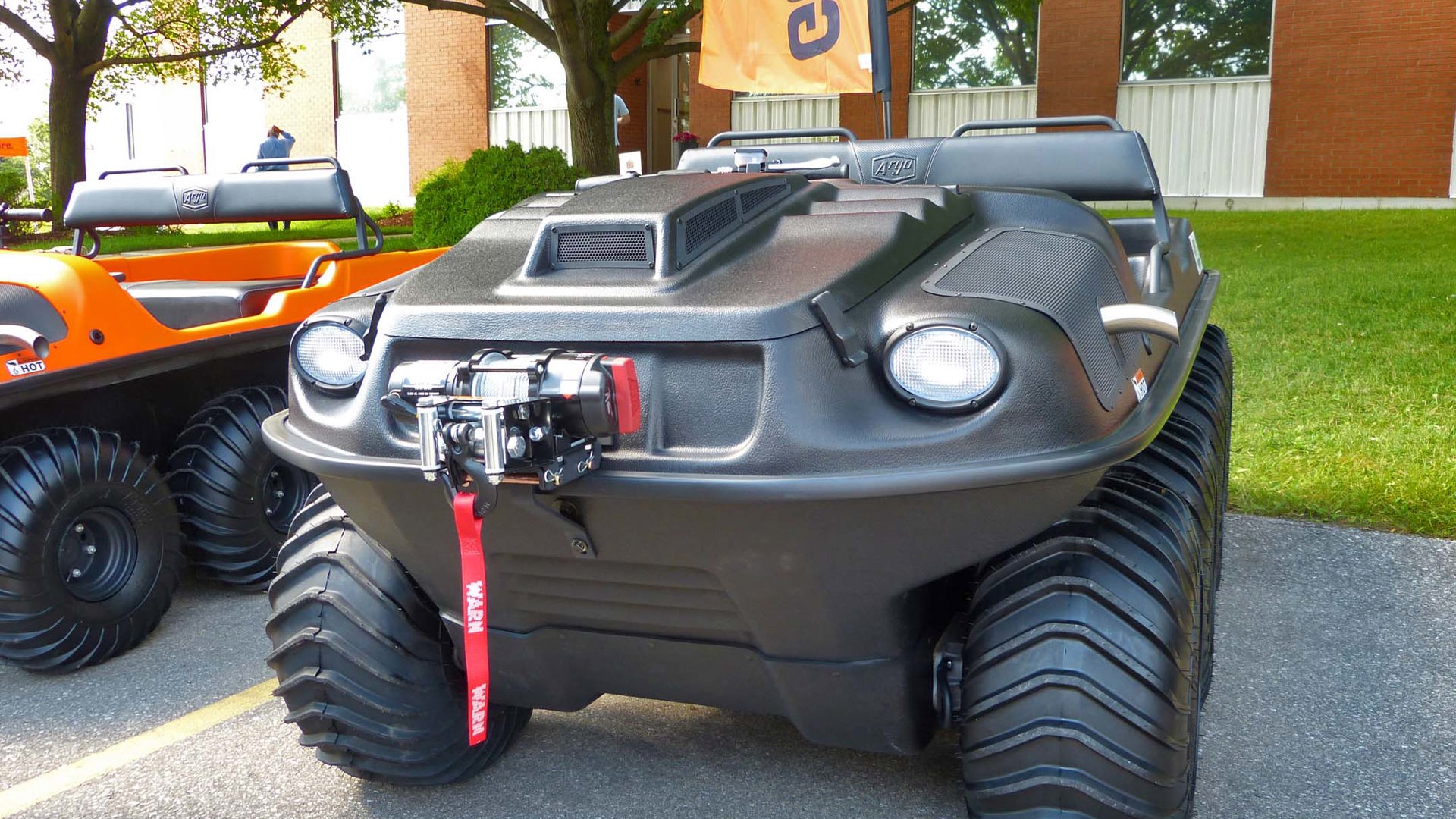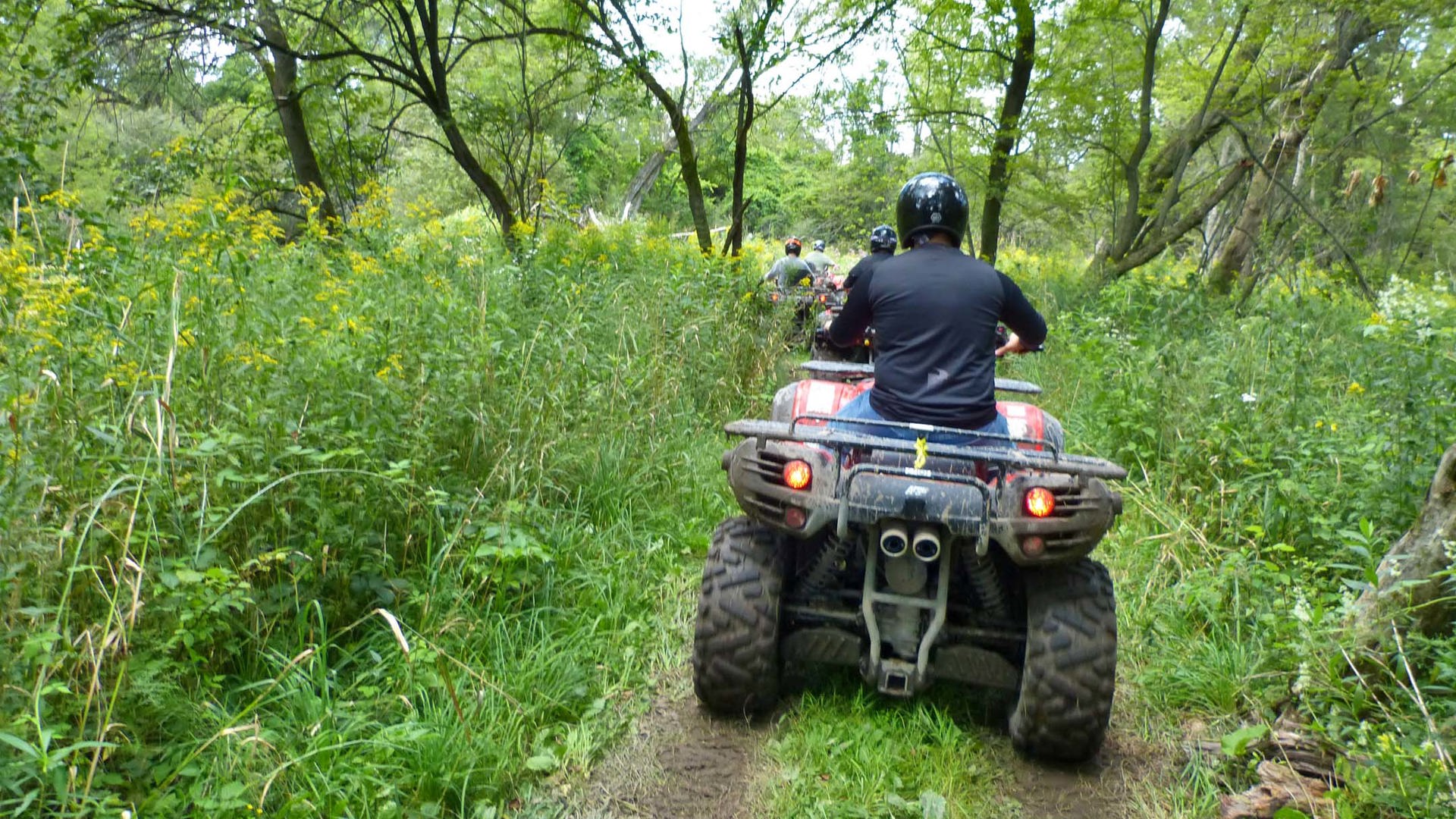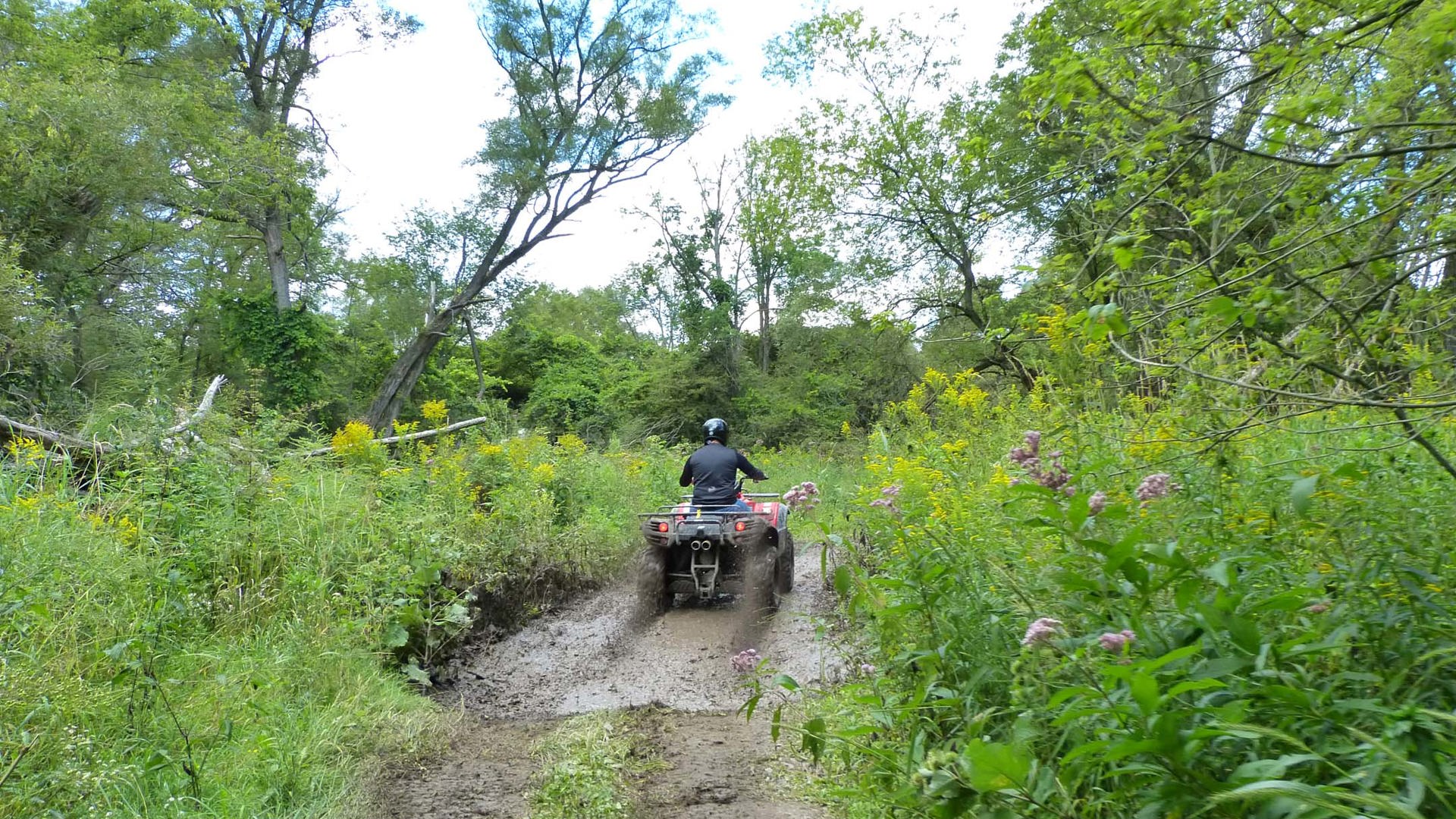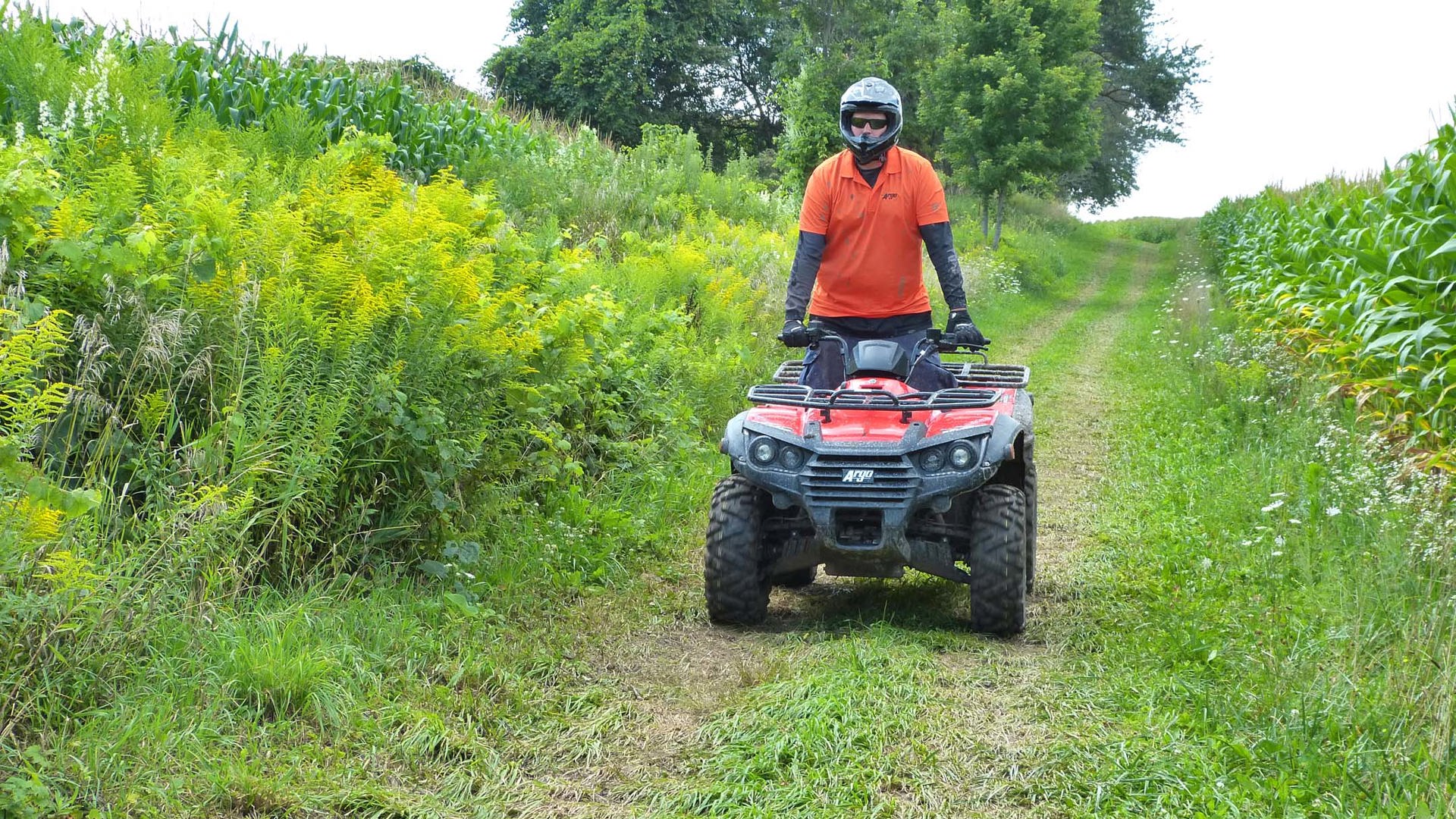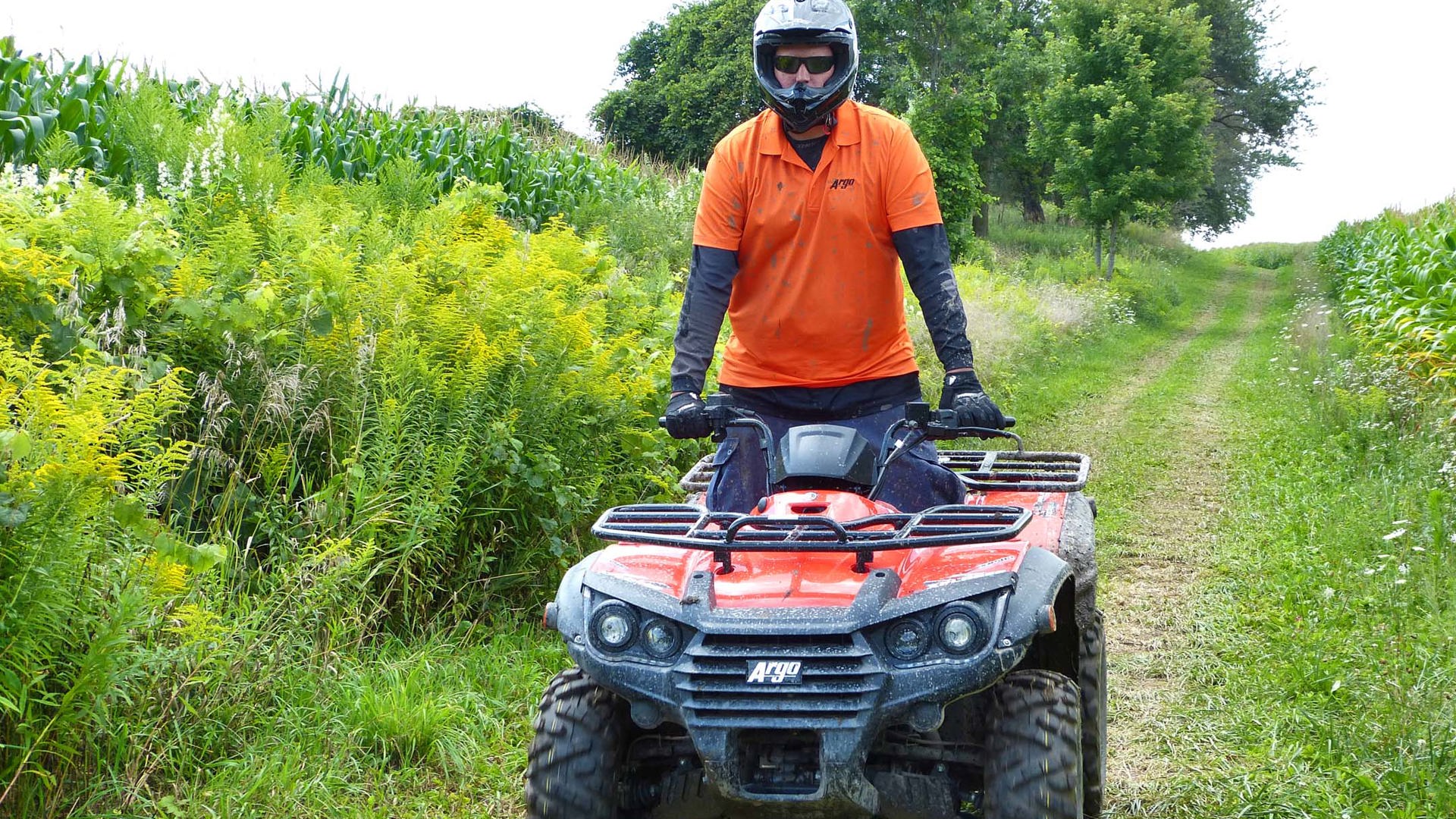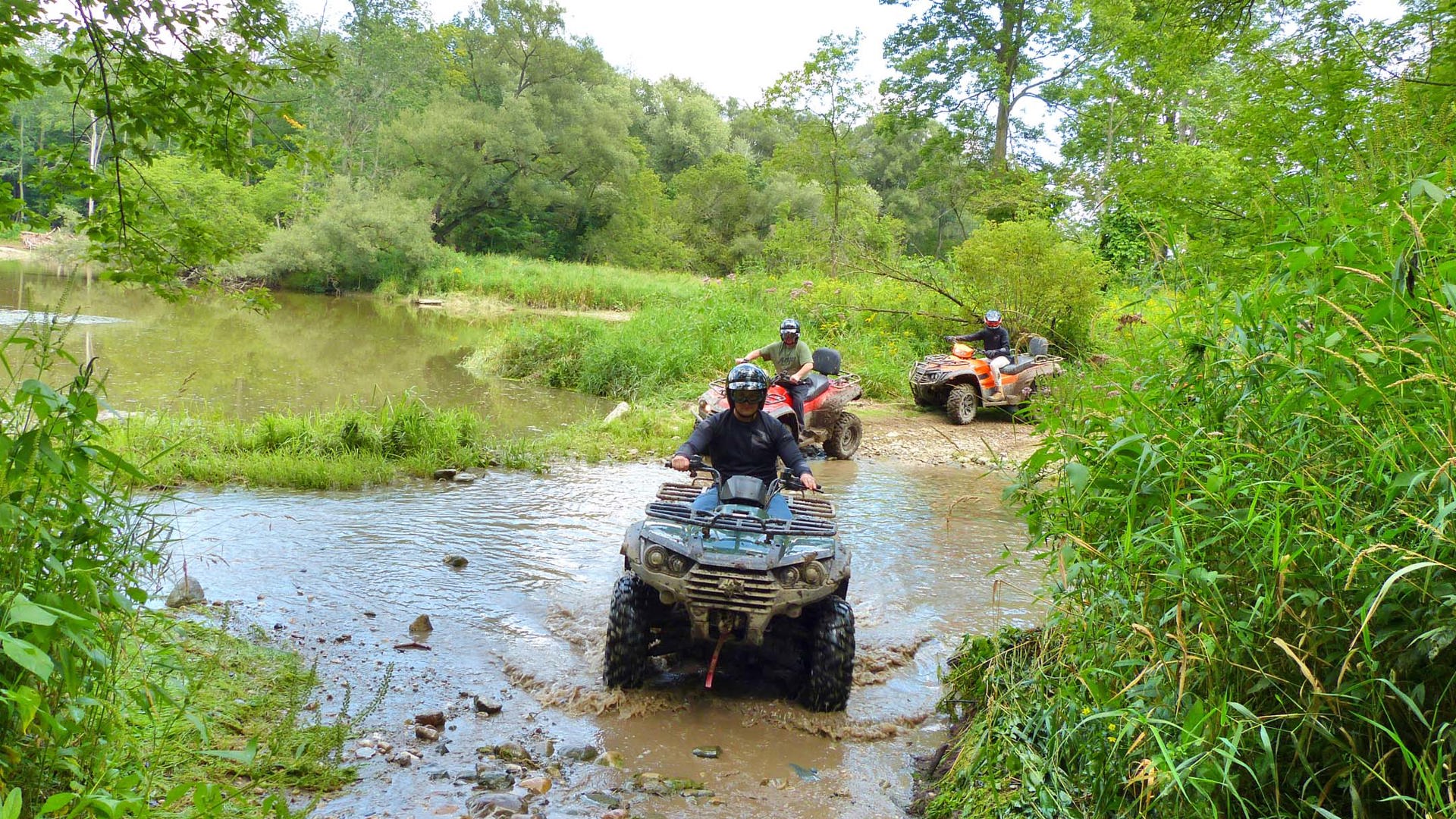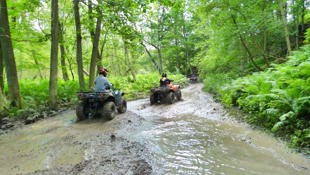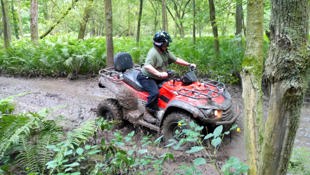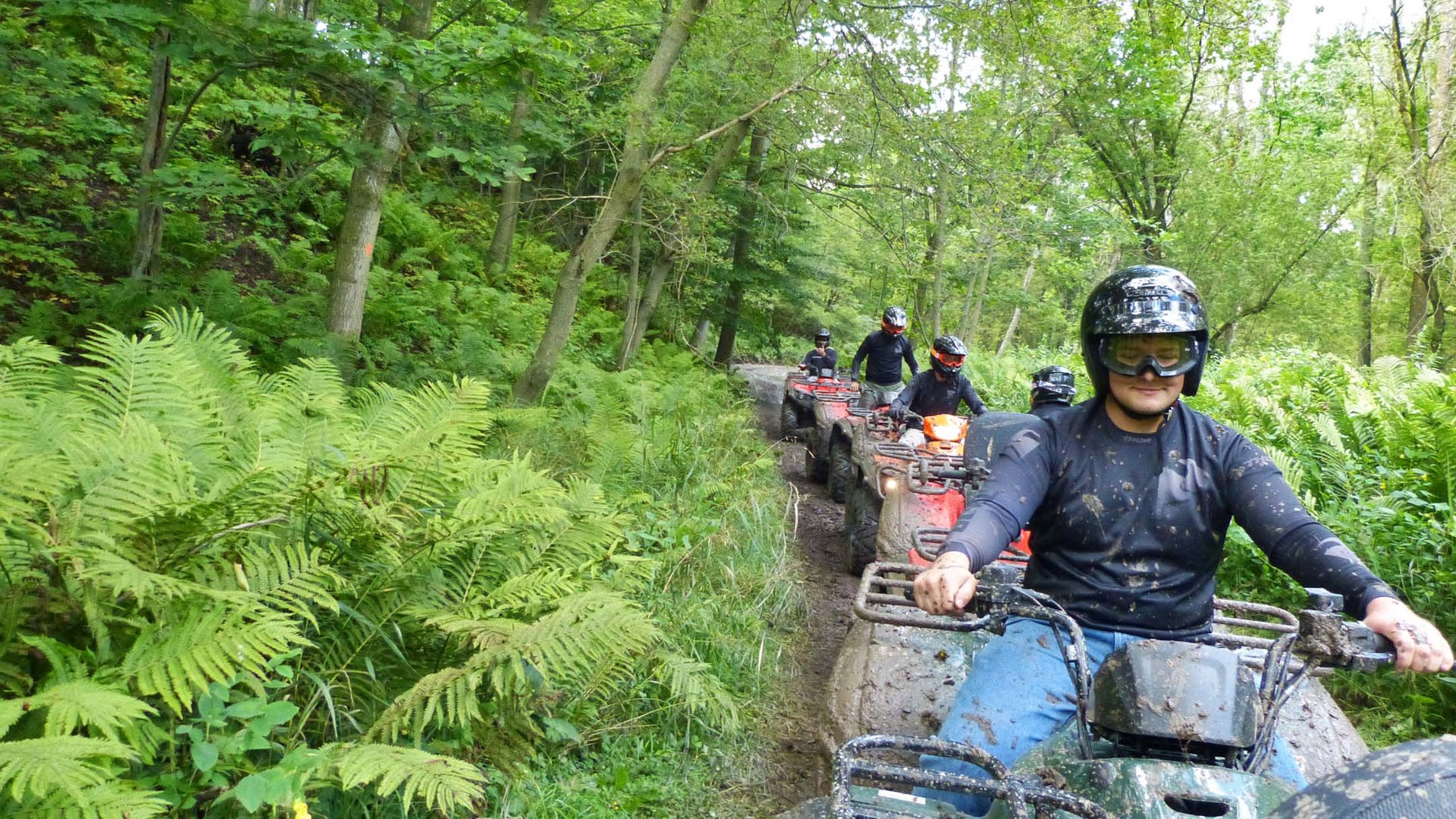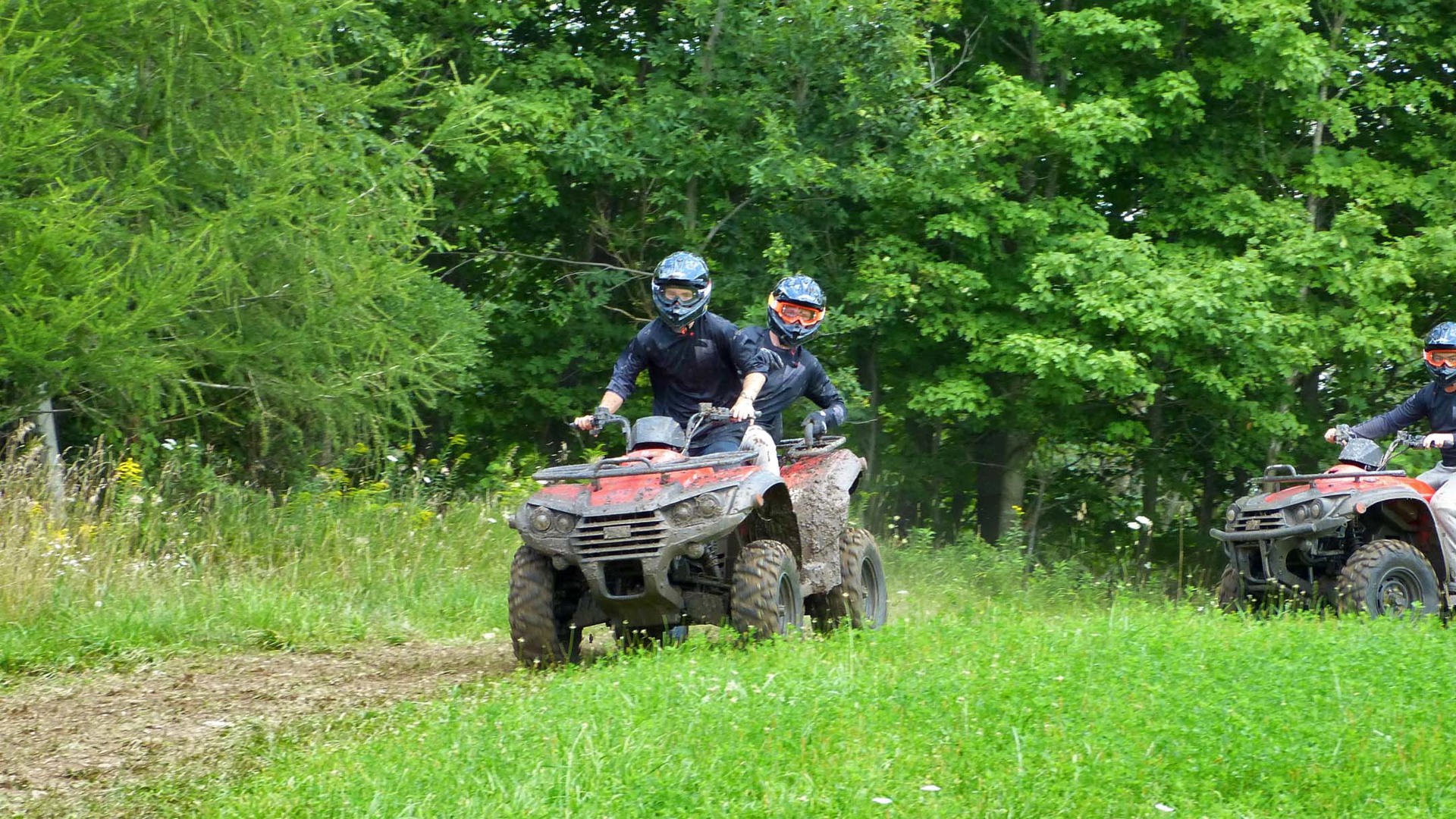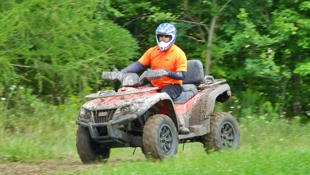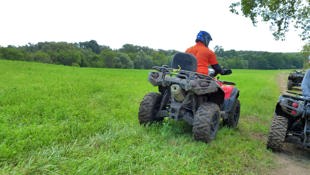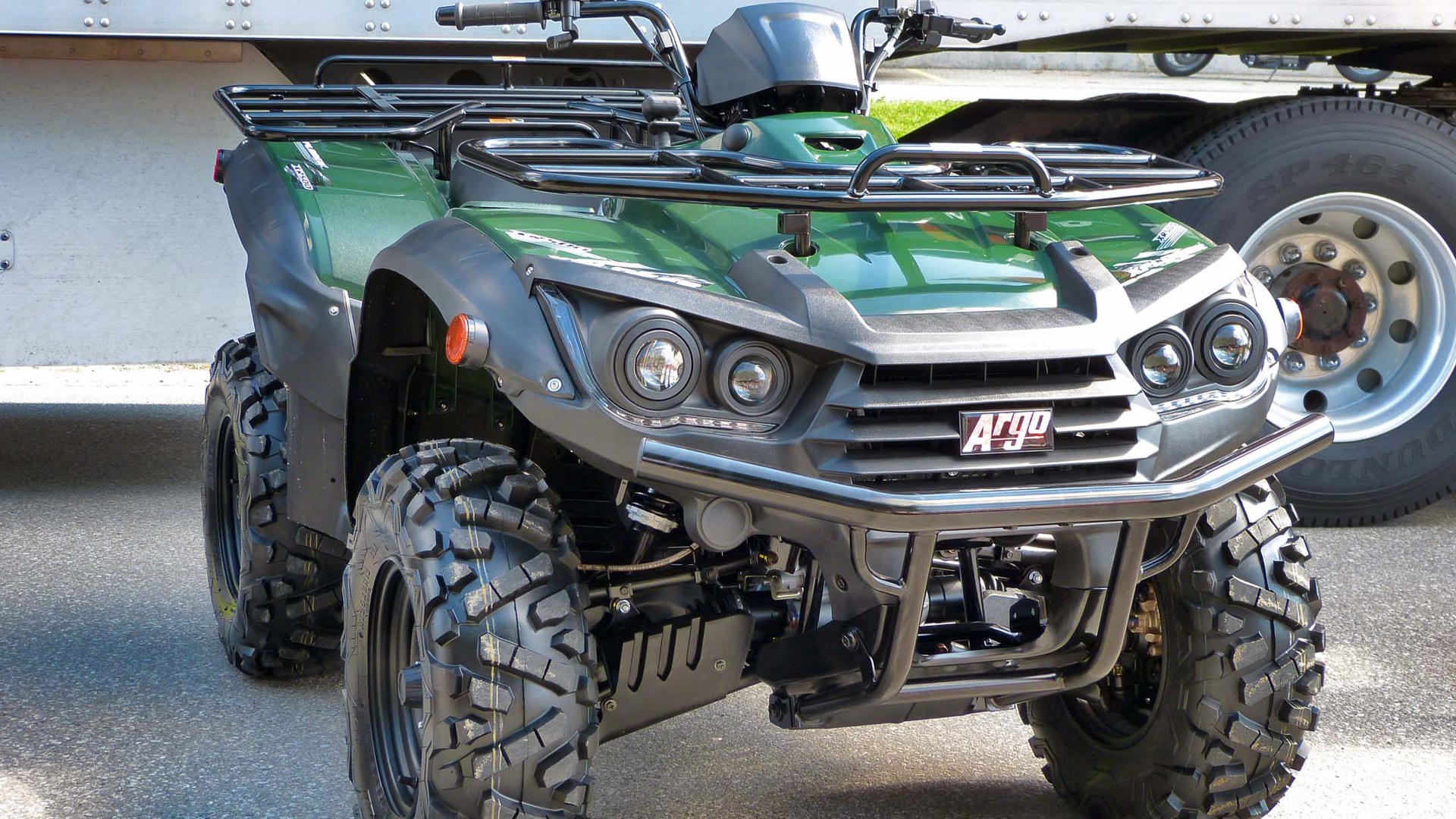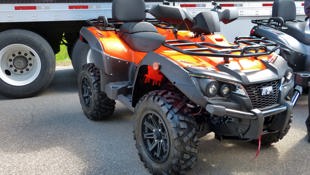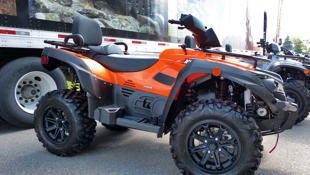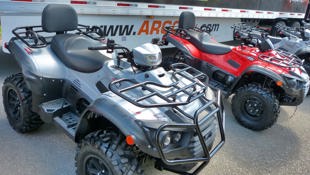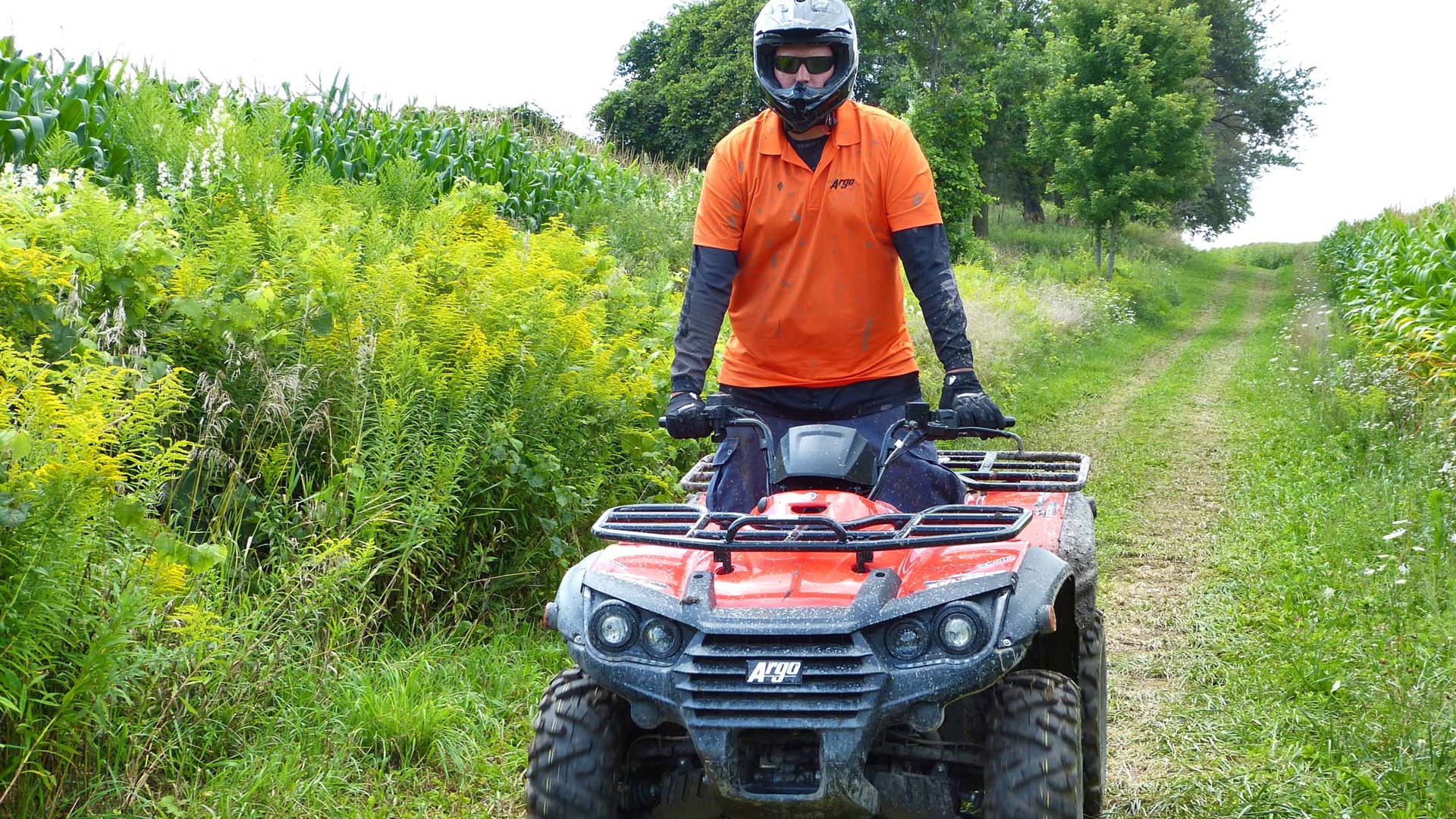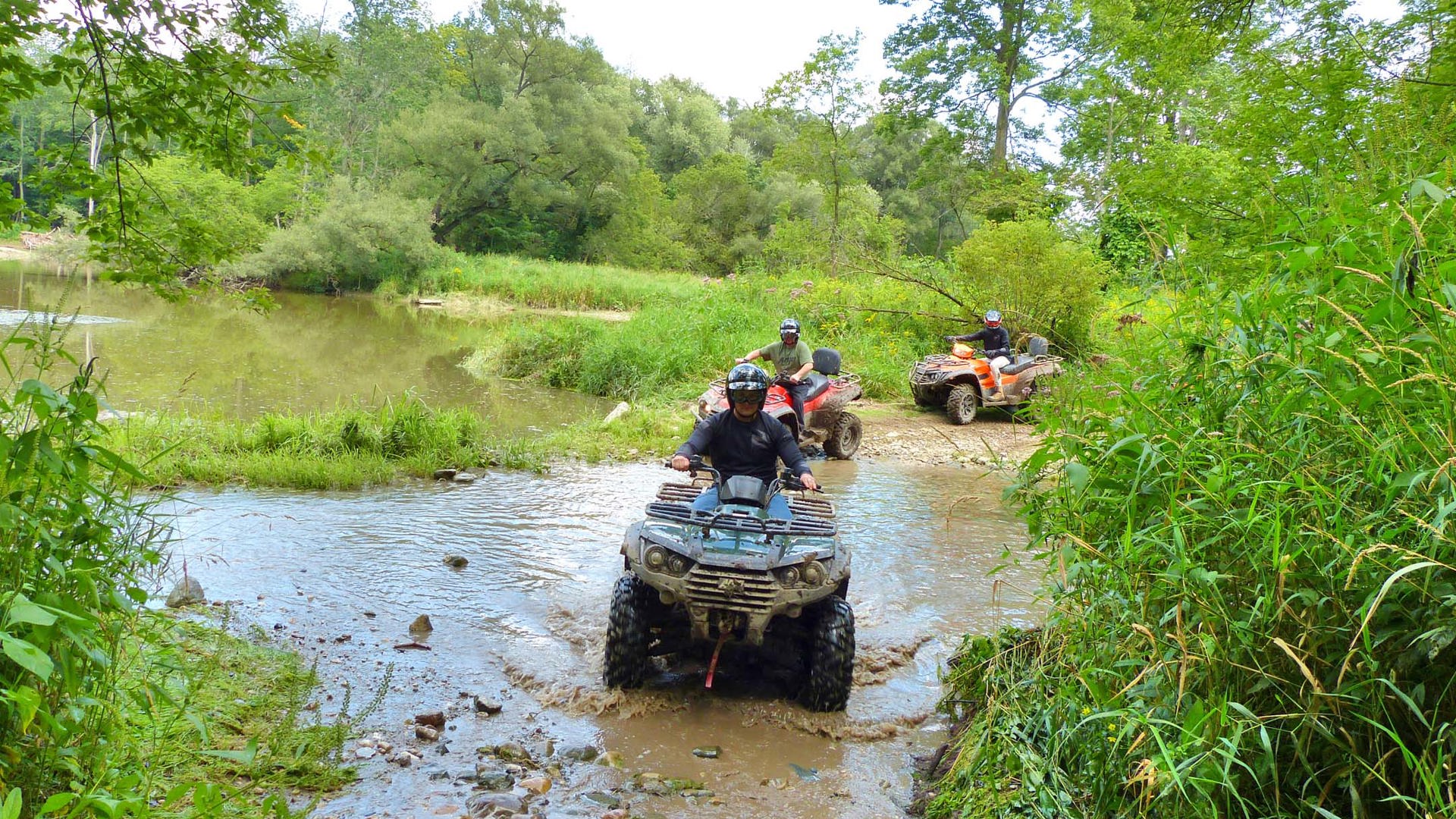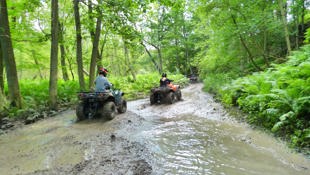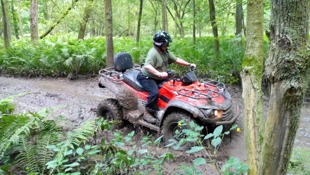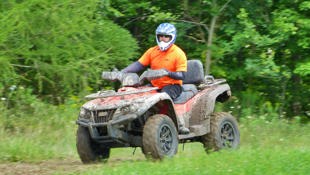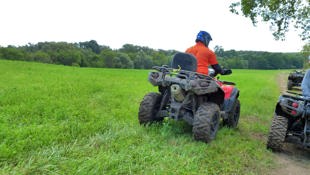Canadian company Argo is branching out in 2018. For the first time in the company’s 50-year history of building extreme terrain vehicles, Argo has unveiled a new line of recreation-focussed ATVs.
Despite climbing several steep grades, with a mix of rock and mud, and forging through one ultra-deep mud bog that tested the XRT’s 295 mm ground clearance, we didn’t need to engage 4WD at any point.
If you haven’t heard of Argo before – they are the makers of the six- and eight-wheeled “bathtubs on wheels” – their fully amphibious eight-wheel-drive crafts are loved by hunters and anyone who has to work in near-impassable terrain.
Now, the company is branching out toward more mainstream vehicles, with a comprehensive lineup of ATVs.
There are two main model lines in the Argo Xplorer quad bike range: a multi-trim 500 cc range and the single-trim 997 cc variant.
The flagship 1,000 cc Argo Xplorer XRT 1000 SE packs an 83 hp/66 lb-ft 997 cc four-stroke, four-valve, v-twin, fuel-injected engine mounted to a CVT transmission with low-range selection. That drivetrain powers either the rear wheels or all four depending on the rider’s selection of a handlebar button, and there is a standard differential lock out back.
In 500 cc variants you can use from three trims each of the Xplorer XR 500 or the Xplorer XRT. That “T”? It stands for “two” – because the XRT are the company’s two-up models. Whether they have a passenger seat or not, all 500s are equipped with the same 39 hp/33 lb-ft 503 cc single mated to the same CVT with selectable two- or four-wheel drive.
Fuel economy figures were not available, but the Xplorers are all fitted with 16 L tanks which Argo says should be good for up to eight hours.
The XR/XRT 500 is the base model. It is equipped with standard hydraulic steering and a front bumper, as well as an accessory power outlet and a lower headlight. The instrument cluster is comprehensive, if a little small, and gives all the usual trip, tachometer, speedometer, and odometer readings with a few extras. The same cluster contains a two- or four-wheel drive indicator, differential indicator, and gear position indicator. Surrounding the cluster are a fuel gauge, hi-temp/low-battery warnings, and a check engine light.
XR and XR 500 EPS trims get Electric Power Steering (see what they did there?). That steering is noticeably easier to use, as experienced when I tested a 500 base model and an XRT 1000 SE back to back on a muddy, rocky, and undulating trail near the company’s base in New Hamburg, Ontario. It’s also a tri-mode system, with rider-selectable modes or an automatic mode that moves the steering effort from light to heavy as speeds increase.
Moving up to the XR 500/XRT 500 LE gets you the power steering, plus a front brushguard and handlebar headlights.
The 1000 gets handguards, that no other models get, but doesn’t get a handlebar headlight or a front bumper. It does get hill-descent control, and an electric-unlocking rear differential. Handlebar controls allow the rider to lock up the front differential too in either low- or high-range 4WD mode, in order to extract maximum traction.
Despite climbing several steep grades, with a mix of rock and mud, and forging through one ultra-deep mud bog that tested the XRT’s 295 mm ground clearance, we didn’t need to engage 4WD at any point.
The aggressive 26-inch tires mounted on 14-inch rims provided excellent traction, and I was surprised at how flat and compliant the chassis was. Up front, 23 cm of travel seems to be more than adequate while the 26.5 cm of rear travel consistently thwarted my attempts at aviation.
Even the 1000, which at 424 kg dry is 60 kg heavier than the 500, felt like it was underneath me the whole time. On the tight trails through Argo’s test track I was able to experiment. Adding bulk steering lock to a big helping of the Argo’s thumb throttle produced a grin-worthy slide complete with monster roost – the sort that makes the rider behind call you names. Silly follower, my name isn’t Richard.
Find a corner looks a little tighter than first imagined? Get up on the front wheels and give ’er – throttle steering is not only possible, it’s surprisingly easy.
On that note, the 1,000 cc is definitely the way to go here. With double the power and almost identical dimensions in all other respects, the 1000 is the Xplorer most likely to put a consistent grin on your face, and work harder too.
Regardless of engine size or configuration, the Argo ATVs are rated to tow 1,300 lb (590 kg) with their standard 2.0-inch receiver. Winches are already available as an option, and movement is afoot to add snowplough attachments and a fleet of other accessories to the lineup.
Unlike the Argo XTVs which are built in Ontario, the Xplorers are built by a contract manufacturer, TGB in Taiwan.
The Xplorer range is available now.
Pricing: 2018 Argo Xplorer ATV Range
Argo Xplorer XR
500: $7,399
500 EPS: $8,399
500 LE: $8,999
Argo Xplorer XRT
500: $8,599
500 EPS: $9,699
500 LE: $10,399
1000 SE: $14,899
Freight and PDI: $400
